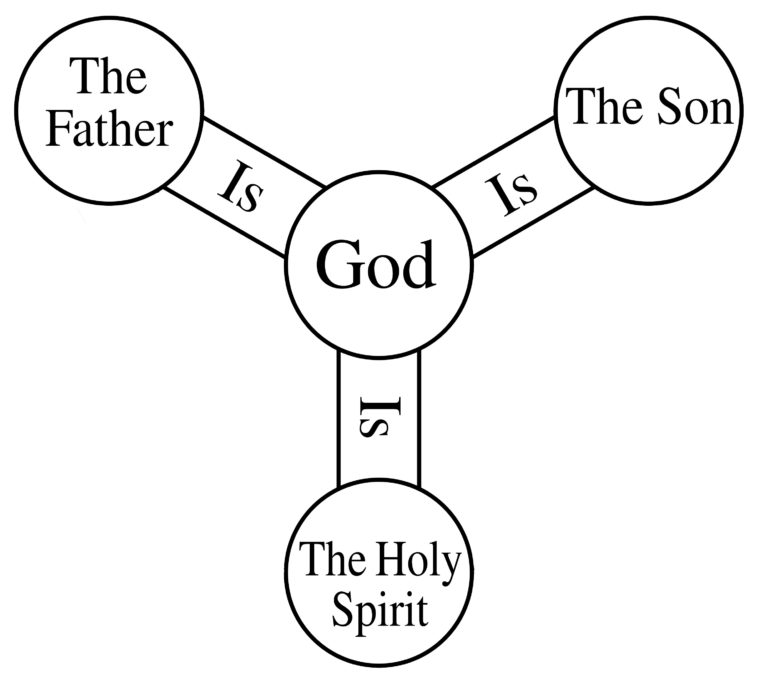The Trinitarian Doctrine serves as a pivotal element in Christian theological discourse. The Holy Trinity doctrine elucidates the nature of God as a composite entity comprising three distinct but unified personae: Father, Son, and Holy Spirit. This article aims to offer a comprehensive overview of this complex belief system.
Definitions and Terminology
Substance, Essence, or Nature
The term ‘substance’ or ‘essence’ characterizes the immutable core being of God. In theological discussions, this is often synonymous with the term ‘nature,’ which describes God’s inherent attributes that make Him who He is.
Person
The term ‘person’ in Trinitarian theology refers to the specific identities that exist within the Godhead: Father, Son, and Holy Spirit. These identities are distinct but inextricably linked to the core essence of God.
Historical Context and Origin
Fourth Lateran Council
The Fourth Lateran Council was instrumental in defining the doctrine, stating that “the Father generates, the Son is begotten, and the Holy Spirit proceeds.” Each of the three persons is distinct based on their “relations of origin” but identical in every other attribute.
New Testament Influence
Texts from the New Testament are often cited as foundational to Trinitarian beliefs. Notably, the baptismal command to initiate individuals “in the name of the Father, and of the Son, and of the Holy Spirit” serves as a cornerstone passage.
Old Testament Foreshadowing
Certain elements within the Old Testament are viewed by Church fathers as preliminary indications of the Trinitarian concept. The encounter of Abraham with three men in the Book of Genesis, Chapter 18, is cited as one such example.
Comparative Religious Context
Binitarianism
This belief posits either one deity in two persons or two distinct deities, thereby differing significantly from the Trinitarian perspective.
Unitarianism
Unitarianism subscribes to the belief in a singular deity in one person, akin to monotheistic beliefs in Judaism and Islam.
Oneness Pentecostalism or Modalism
This belief system contends that a singular deity exists but manifests in three separate aspects or modes.
Theological Terms Absent in the Bible
Terms like “monotheism,” “incarnation,” and “omnipotence,” while central to Christian doctrine, are absent from the Biblical text. They are, however, considered to encapsulate theological principles that are implicit within the Bible.
Development Over Centuries
The Trinitarian Doctrine has undergone extensive elaboration and interpretation over the centuries. Initial formulations often focused on negating heretical views and affirming what the doctrine is not. This process of theological refinement continues to this day.
Roles in Creation and Grace
According to Trinitarian theology, all cosmic activities, from the creation of the universe to the dispensation of divine grace, are orchestrated by the triune God. Each persona within the Trinity manifests characteristics unique to their role, thereby fulfilling the divine operation as a unified entity.
Conclusion
The Doctrine of the Trinity stands as a complex yet integral component of Christian theology. Although not explicitly mentioned in the Bible, it is inferred from various scriptural passages and has been the subject of extensive theological scrutiny over the ages. Understanding this doctrine is key to grasping the intricate nature of the Christian conception of God.





